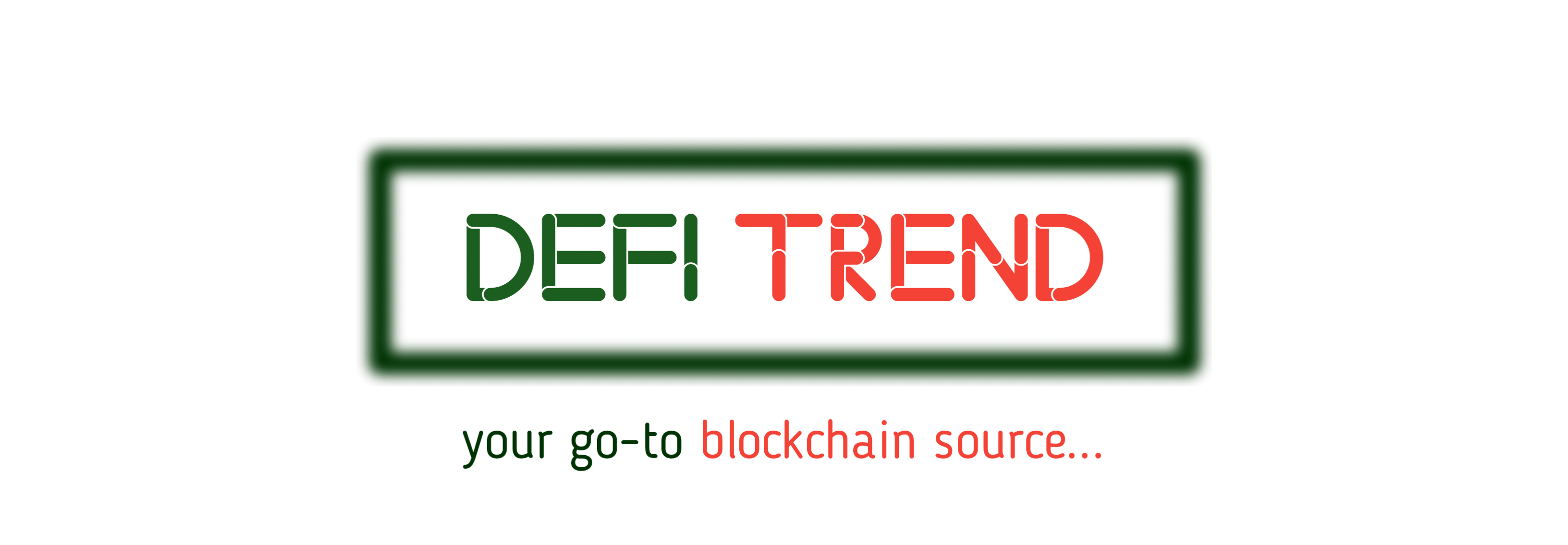On April 4th, 2024, leading blockchain company Ripple announced its plans to launch a new stablecoin pegged 1:1 to the US dollar.
This move is seen as a strategic step by Ripple to expand its product offerings and further strengthen the utility of its native cryptocurrency, XRP.
Ripple’s Stablecoin: What you should know
Ripple’s new stablecoin will be fully collateralized by a combination of highly reliable assets, including:
- US dollar deposits
- Short-term US government treasuries
- Other cash equivalents, such as high-grade commercial paper and money market instruments
This 1:1 peg to the US dollar is designed to provide stability and predictability, offering a stark contrast to the often volatile nature of the cryptocurrency market.
Ripple’s focus on transparency and compliance will be a key differentiator, with plans for regular independent audits and publicly available monthly attestation reports on the stablecoin’s reserves.
Enhancing the XRP Ledger Ecosystem
Ripple’s stablecoin will initially be available on the XRP Ledger (XRPL) and the Ethereum blockchain, leveraging the ERC-20 token standard.
This multichain compatibility underscores Ripple’s commitment to interoperability, a crucial feature for seamless interaction between different blockchain networks. Is TON the Next Crypto Giant? Bitget Bets Big!
The integration of the Ripple stablecoin with major cryptocurrency exchanges could significantly increase its accessibility and liquidity, allowing for easier trading and wider adoption by both institutional and individual users.
Ripple’s Dual-Asset Approach
Ripple’s decision to launch a stablecoin alongside its native XRP token is part of a “dual-asset approach” aimed at enhancing the efficiency and stability of cross-border payments.
XRP will continue to play a crucial role as a bridge currency, particularly in Ripple’s On-Demand Liquidity (ODL) product, which facilitates rapid transactions between banks and other financial institutions.
The Ripple stablecoin is expected to complement XRP by providing a less volatile option for the actual storage and transfer of value, particularly appealing in emerging markets where there is a growing demand for stablecoin payouts.
Expanding Reach and Adoption
Ripple’s initial focus for the stablecoin launch will be the US market, targeting enterprise customers and banking institutions.
However, the company has not ruled out the possibility of introducing regional variations for other markets, such as Europe and Asia, in the future.
The launch of Ripple’s stablecoin is a significant development in the rapidly growing $150 billion stablecoin market, which is projected to exceed $2.8 trillion by 2028.
Ripple’s entry into this space will pit it against established players like Tether (USDT) and Circle’s USDC, as the company seeks to carve out a larger share of this lucrative and increasingly important segment of the cryptocurrency ecosystem.

